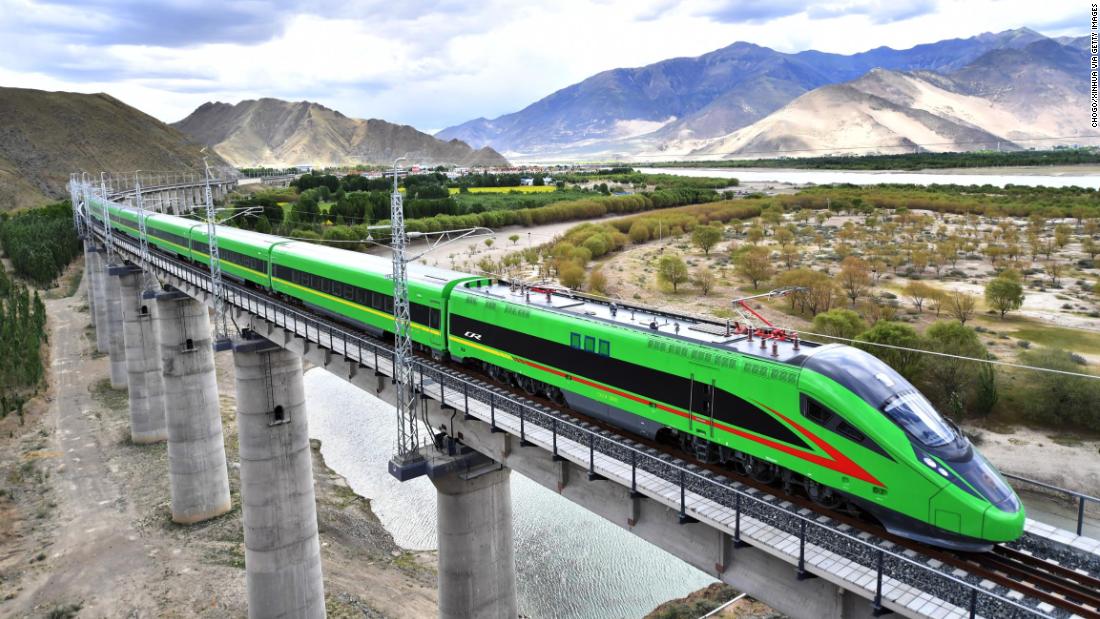Editor’s Note — Monthly Ticket is a new CNN Travel series that spotlights some of the most fascinating topics in the travel world. In May, we’re riding the rails as we explore the world’s greatest train journeys. Whether you’re looking for travel inspiration or insider knowledge, Monthly Ticket will take you there.
(CNN) — Faster, cleaner, greener and packed with advanced technology; rail is the only transport mode currently well placed to provide the backbone of our future mobility needs.
But, while a few niche projects promise ultra high-speed travel, much of the industry is focused on keeping the world’s increasingly urbanized population moving while simultaneously limiting the effects of climate change.
And then there’s the pandemic.
Like many other sectors of the travel industry, train operators across the globe have experienced one of their toughest-ever periods over the last two years.
Passenger numbers collapsed overnight in 2020 as lockdowns prevented commuters and leisure travelers from leaving home.
Two years on, Monday to Friday commuting looks to be a thing of the past as many of us choose to work from home or spend just a couple of days a week in the office.
This poses a huge threat to the world’s rail companies, which have relied on this lucrative, predictable source of revenue for since the mid-19th century.
All of this makes it seem an unlikely time to be talking about a “golden era” for rail travel.
But, as we approach the 200th anniversary of the first passenger railway in 2025, it’s become more important than ever for trains to deliver sustainable mobility in a world facing the challenges of climate change, increasing urbanization and population growth.
Named after Queen Elizabeth II, Crossrail opened up in London on May 24 as The Elizabeth line. It connects East and West London like never before.
According to a 2019 report by engineering consultant Arup, the global population is expected to reach around 9.5 billion by 2050, 75% of whom will live in cities.
The company estimates that the global urban population is growing at two people per second, creating 172,800 new city-dwellers every day. While populations decline in some regions of the world, such as parts of Europe and Japan, an estimated 90% of population growth is expected to occur in the cities and megacities of the developing world.
To keep these fast-growing cities, regions and megacities moving, efficient public transport is not just desirable, but imperative. …
Click Here to Read the Full Original Article at CNN.com – RSS Channel – App Travel Section…
